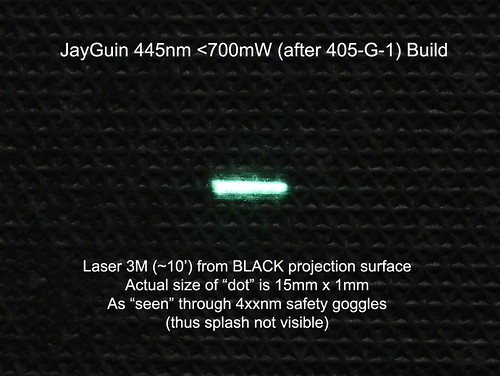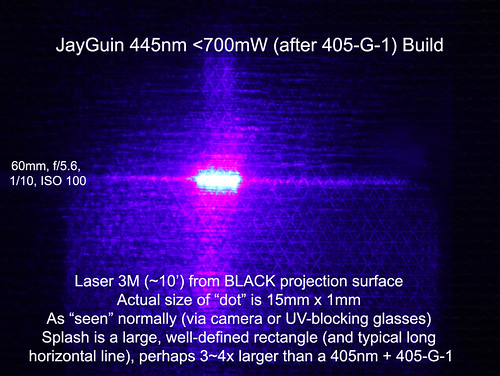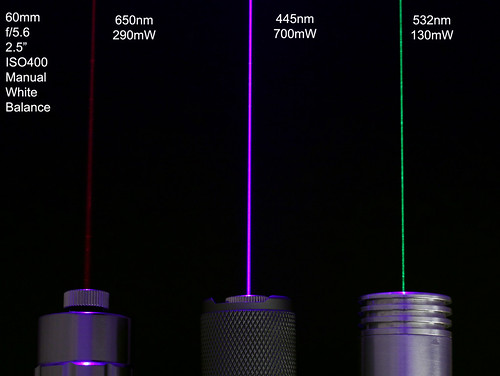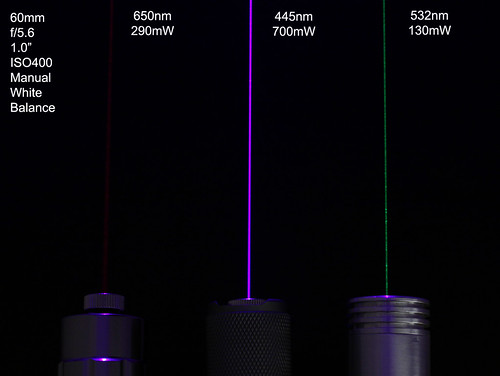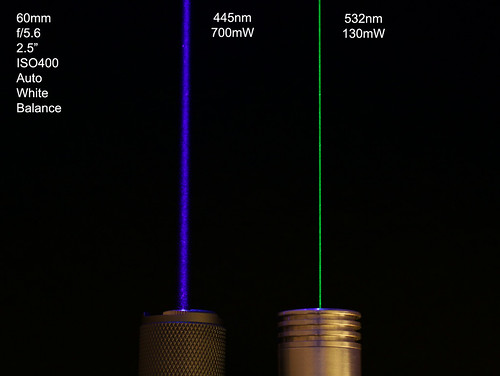jbtm
0
- Joined
- Mar 22, 2010
- Messages
- 495
- Points
- 0
I run mine at 650mA, and around 10:00 here, while its dark but some light, the beam is VERY solid...Far more than my 200mw green, I do have a G1 glass lens on my laser, but when its pitch black outside the thing is amazing...




